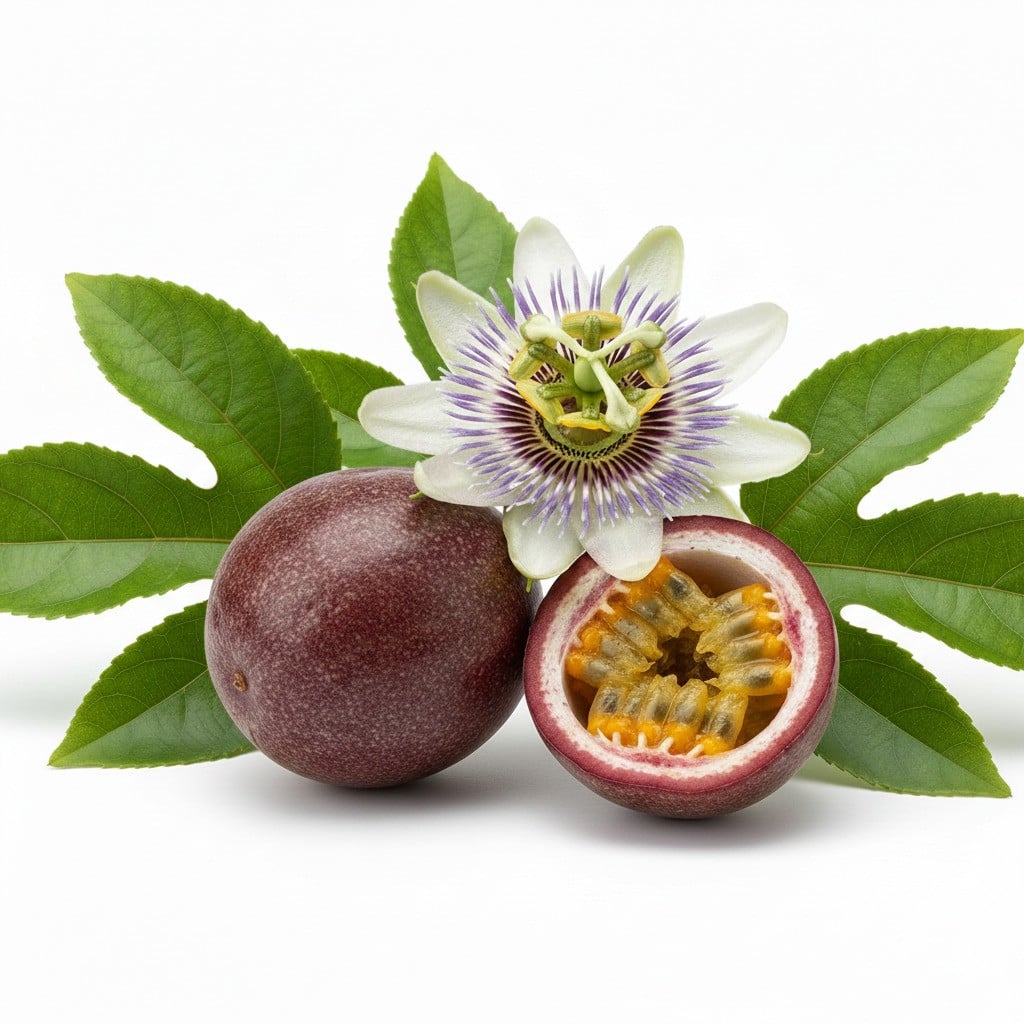Passion flowers / Passion vines

Passion flowers / Passion vines
Passiflora
Plant family
Passionflower family (Passifloraceae)
Season Overview
Propagating
Planting
Harvest
Harvest
J
F
M
A
M
J
J
A
S
O
N
D
1ST YEAR
FOLLOWING YEARS
Details
Light requirement
Sunny
Water requirement
Moist
Soil
Medium (loamy)
Nutrient requirement
Medium
Plant distance
50 cm
Row spacing
100 cm
Seeding depth
0Not specified
Instructions
Description
Passionflower or Passiflora is a genus in the passionflower family. Passion flowers are mostly perennial, herbaceous or woody plants that grow mostly as climbers. There are only a few species that grow as shrubs or trees. The species and varieties cultivated in our region as container plants grow between 50 cm and 4 m high. The flowers can grow up to 18 cm in size, blooming from white to red and yellow to purple. Some species form edible fruits after fertilization.
Origin:
Passion flowers are mainly native to tropical and subtropical South America, as well as Central and southern North America. Some other species originate from Australia, Asia and Madagascar.
Growing tips
Passionflower can become very long. To ensure the necessary stability, choose a sufficiently large and heavy planter. Most species are sensitive to frost and need to be moved indoors for the winter. Before moving, shorten the shoots to about one-third, and in early spring cut back all side shoots to three to five eyes to encourage the formation of new flower buds. If you want to save unwinding before winter, you can build a mobile climbing support that can be moved indoors along with the passionflower. Repotting is done every one to three years, as needed, but only when the soil is completely rooted. For watering, it is best to use rainwater or tap water with a low lime content, as most species react somewhat sensitively to a very high lime content.
Companion Plants
No companion plants
Antagonistic Plants
No antagonistic plants
Diseases
Root Rot
Dry rot of crucifers
Pests
Mealybugs
Spider mites